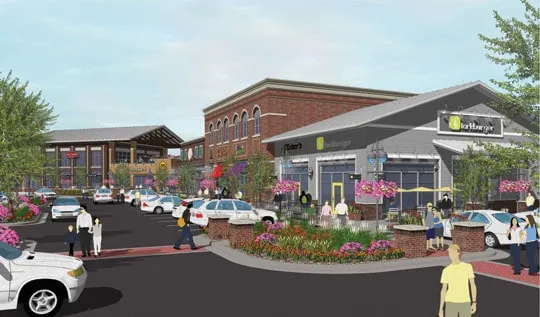Sides still miles apart over Nine Mile Corner

ERIE — Neither side appears to be closer to resolution in the border war between Erie and Lafayette, as stonewalling, accusations and rewriting history have become the order of the day.
“Lafayette launches a smear campaign against Erie under the guise of an ‘investigation,’ and most recently they have decided to expend their taxpayers’ dollars to test the limits of eminent domain in Colorado,” claims Fred Diehl, assistant to the Erie town administrator. “Bottom line is they just don’t want us to develop and have been throwing everything (including the kitchen sink) in our way to try to deter…
THIS ARTICLE IS FOR SUBSCRIBERS ONLY
Continue reading for less than $3 per week!
Get a month of award-winning local business news, trends and insights
Access award-winning content today!
